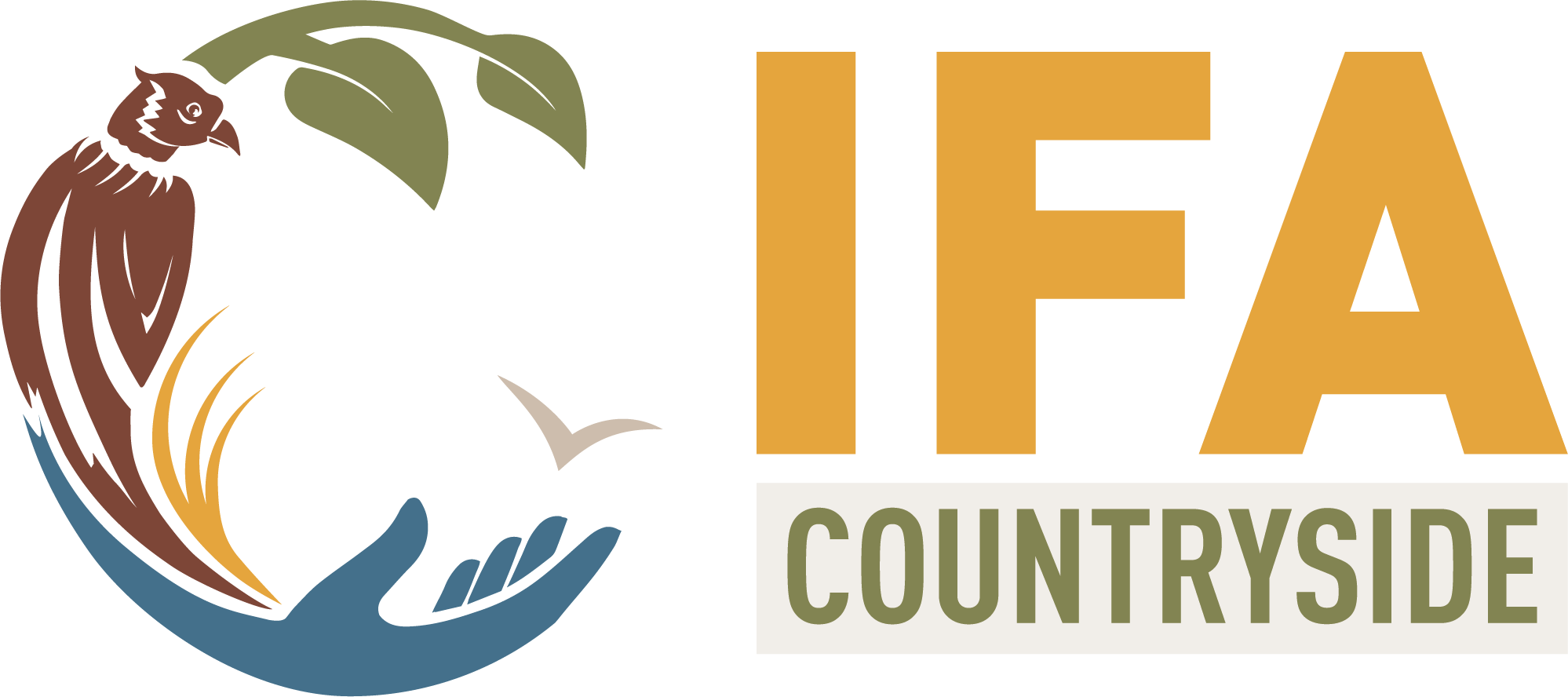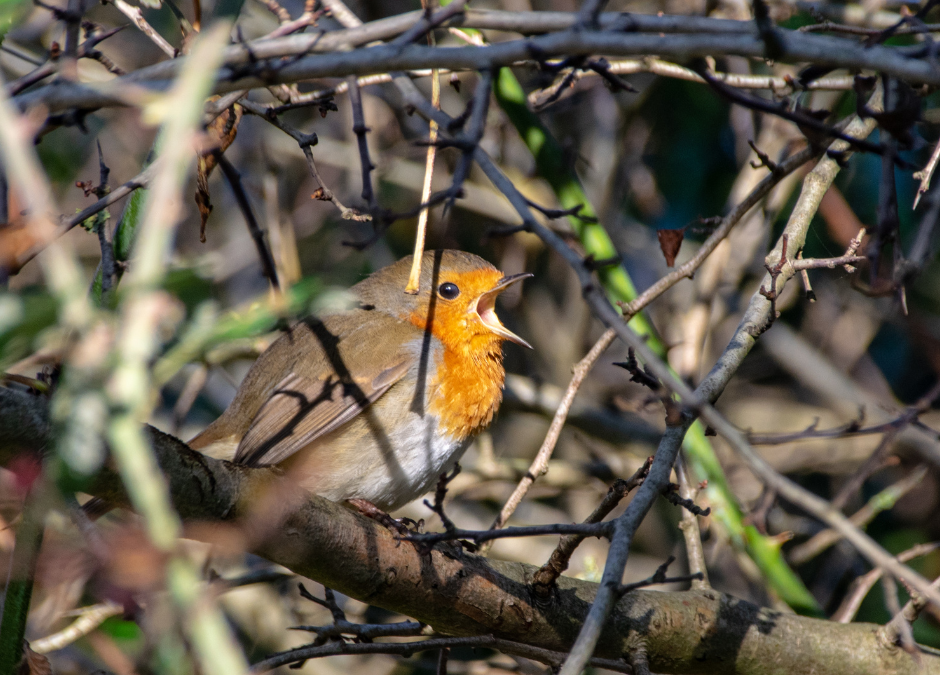
by Barbara Killeen | Feb 27, 2025 | Biodiversity, Nature, NPWS, wildlife management
Minister O’Sullivan calls on the public to protect our birds as nesting season approaches Nesting Season (March 1st to August 31st) is a critical time for birds and wildlife as they prepare to breed Hedgerows provide both food and shelter for our birds and...
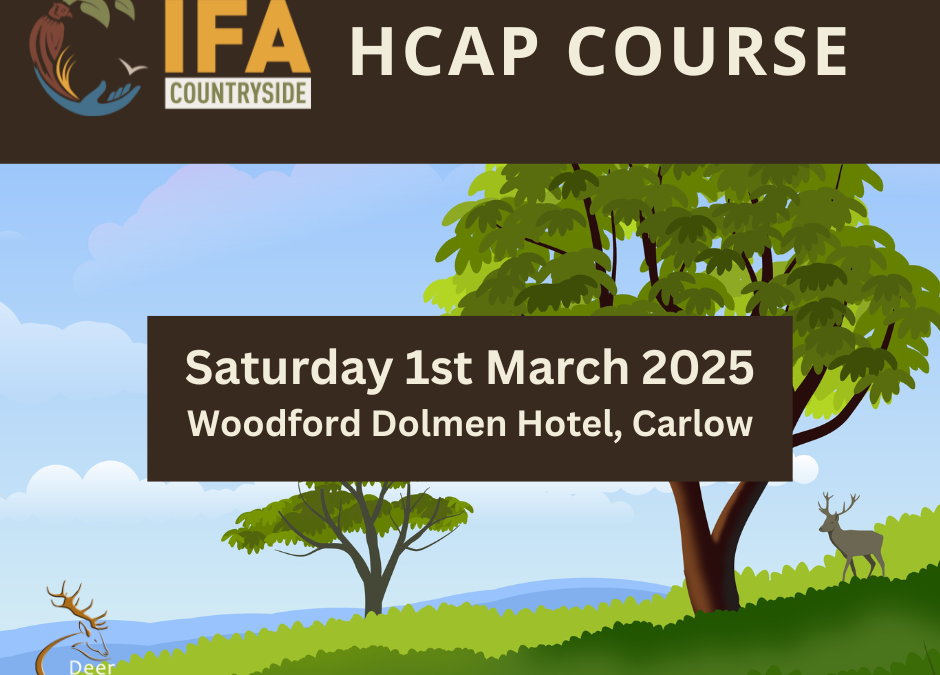
by Barbara Killeen | Jan 15, 2025 | countryside, Deer, Deer Hunting, DEER STALKING, HCAP, NPWS, Open Seasons, Training, wildlife management
Attention all deer stalking enthusiasts! Are you looking to enhance your skills and knowledge in deer stalking and gain recognized certification in the process? Look no further! Our upcoming HCAP Training Workshop is precisely what you need to elevate your hunting...

by ifacountryside | Aug 15, 2024 | Biodiversity, Conservation, countryside, Habitats, Nature, NPWS, Open Seasons, wildlife management
Public Consultation on Wildlife Legislation open from 27 June to 13 September 2024 Upcoming review will include Wildlife Act, European Communities (Birds and Natural Habitats) Regulations 2011 and associated regulations Consultation is the first step in a wide...
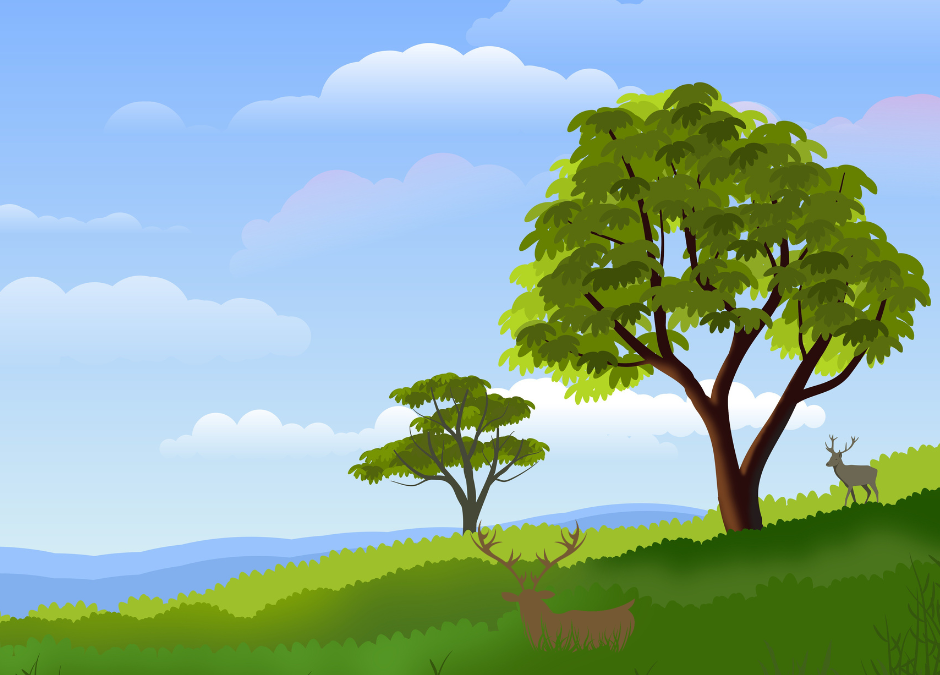
by ifacountryside | Jun 5, 2024 | Deer, Deer Hunting, DEER LICENCES, DEER STALKING, NPWS, Open Seasons, wildlife management
First phase of online portal involves processing deer hunting applications for 2024/2025, with more applications to be added over time New system offers significant benefits to users, including greater efficiency and flexibility Development is part of organisational...
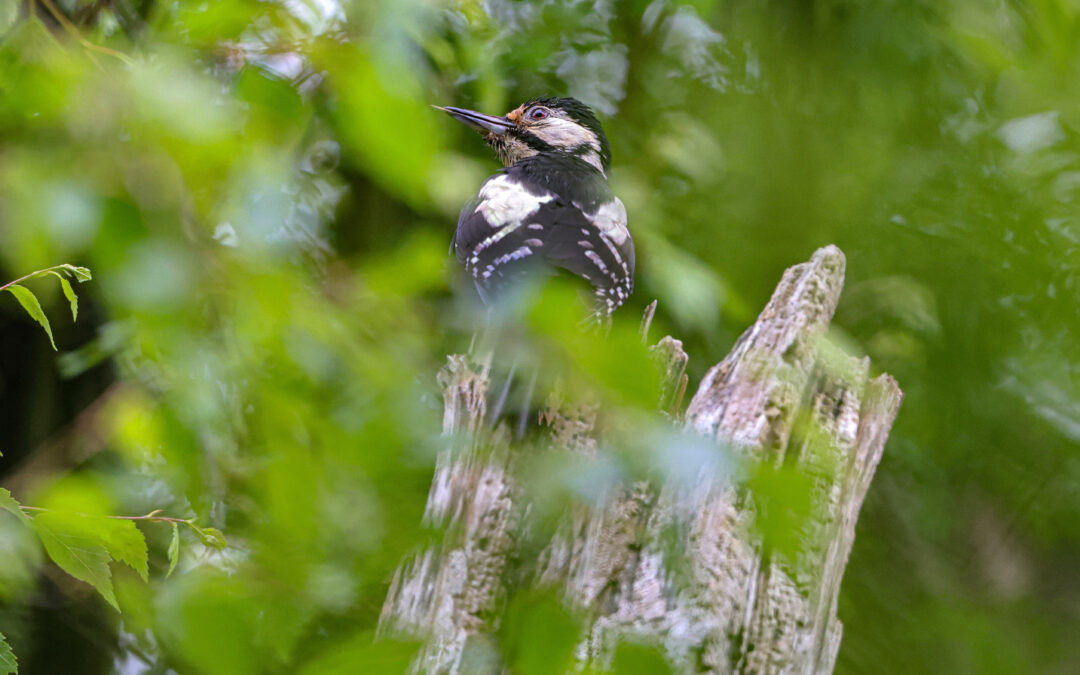
by ifacountryside | Jun 5, 2024 | Biodiversity, Conservation, countryside, Nature, NPWS, wildlife management
In recent weeks, staff and visitors at Killarney National Park have been entertained by the iconic sound of unexpected visitors – the Great Spotted Woodpecker. A breeding pair was confirmed for the first time to have produced a small number of chicks in the Park. The...
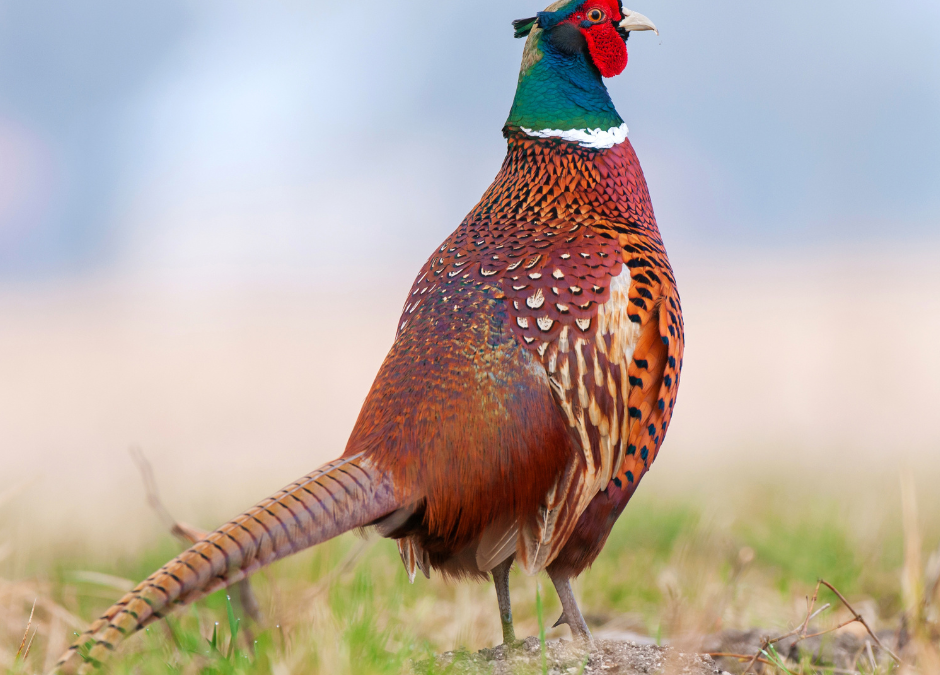
by ifacountryside | May 21, 2024 | Biodiversity, Conservation, countryside, Habitats, Nature, NPWS, Open Seasons, wildlife management
Extensive Public Consultation on the review of legislation to open in mid-June Review will update legislation to ensure that it protects nature and biodiversity loss Announcement is made during National Biodiversity Week, a ten day celebration of nature and...







